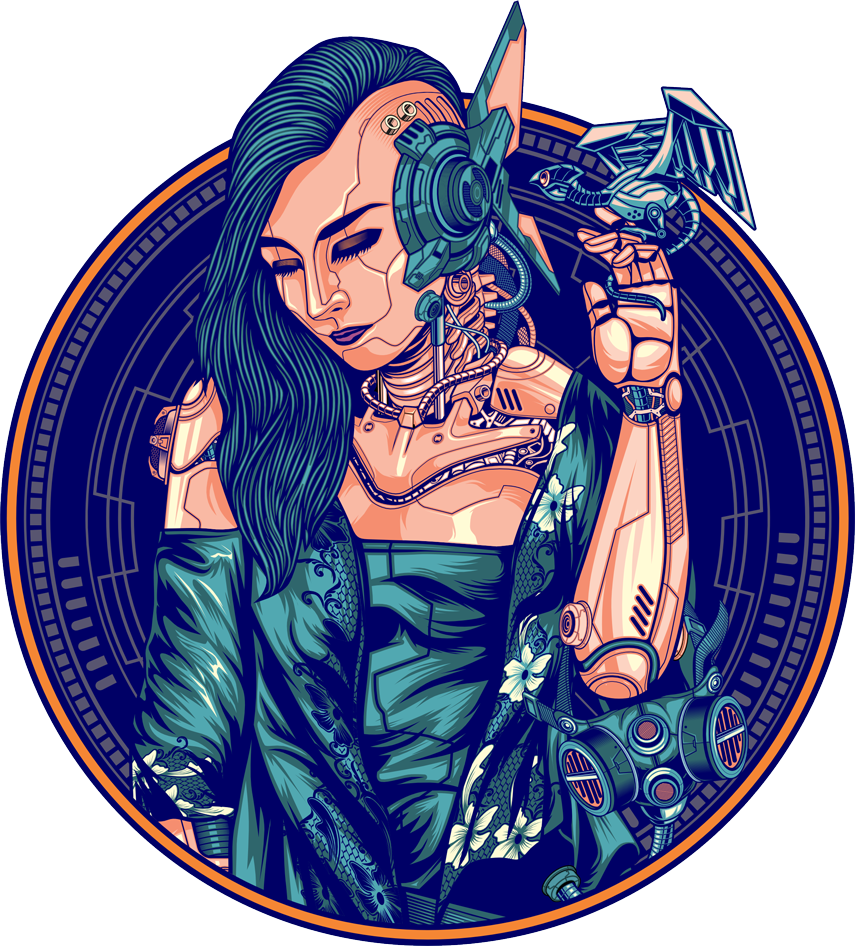
Digital artwork takes many different forms. As an aspiring designer you’re probably familiar with a few. Vector art is one type of digital art that is found in both the creative and business worlds. Whether you’re exploring design for an artistic outlet or you plan to build a career as a graphic designer, mastering vector graphics is an essential skill.
Vector design is most notably recognized for its flawless scalability. As a designer, you’ll enjoy the versatility of vectors, easily adapting your art for different mediums ranging from full-scale billboards to pocket-sized flyers in print mediums and even smaller in digital mediums.
Here, we’ve put together a comprehensive guide on vector design to help you get started. This complete guide to vector graphics covers the technology and application of vector art, giving you the information and core concepts that you need to start designing with vector graphics.
Vector art is everywhere–taking up visual space in both the digital and physical worlds. It's a creative medium favored by artists as much as it is a practical medium favored by web designers and illustrators. Because vector graphics have evolved alongside computer technology, they still are just as relevant today as they were in the 20th century.
Vector graphics offer designers the freedom to scale without limits. The technology behind vector graphics uses mathematically defined elements for consistent scaling, rendering an image that is always clear and free of distortion.
Vectors are commonplace in technical fields like graphic design, media, and advertising. Businesses use vectors for logos and imagery in their branding kits. Media companies use vectors to create illustrations for graphic novels, animated shows, and video game elements.
And marketing professionals use a variety of vectors to illustrate important information about the products or services they are promoting. You've probably seen thousands of examples ranging from infographics and charts to logos and illustrations.

Let's dive in head-first with a full understanding of vector art as a medium, starting with a clear explanation of what it is, how it works, and where it is often used. While most designers will routinely encounter vector graphics, there are some jobs or roles where vectors are the medium of choice. Read more about vector art to get familiar with this asset.
Read More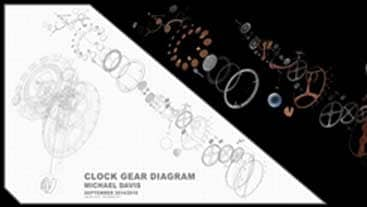
Journey further into the world of vector graphics by exploring the history of how art and mathematics came together to solve a fundamental design problem. The origin of vector graphics dates back further than you might realize, yet it's more relevant today than ever. Trace the history of vector graphics through the evolution of technology to become a prominent element in modern design.
Read More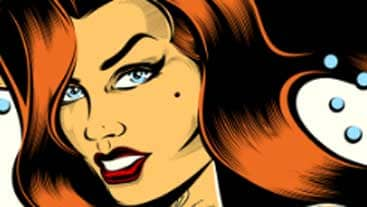
Vector art is a common fixture in everyday entertainment media. Digital tools and vector file formats help bridge the gap between art and digital media technology, bringing collaboration and efficiency to the creation process. You can find vector art across pop culture, from comics and graphic novels to gif animations and covert art. This article gives a glimpse into the widespread use of vector art in pop culture.
Read More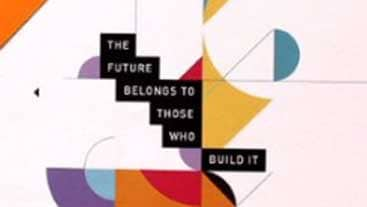
Vector art plays a significant role in branding and marketing products and services. The seamless scalability of these files makes it easy for businesses to put their message almost anywhere, including building signage, business cards, and social media. Take a look at the different businesses and industries that put vector art to use, giving you an idea of where your design career can take you.
Read More
Vector graphics are compatible with many different output formats. These images can be printed on large format printers for traditional billboards and building signage. Or they can be fed through digital embroidery tools and sewn onto apparel. The unique thing about vector graphics is that they're equally suited for digital and physical products, making it easy to use technology during the design process. Here, we'll look at a few examples to provide some inspiration for your creative projects.
Read MoreThe possibilities with vector graphics are limited only to your creative imagination. There are many paths to choose, and early in your design career, you will make choices that will shape your specific path—starting with the level of technical proficiency that you put with your creative skills. Next, we'll dive deep into the technical skills required to work with vector graphics.

As a designer, working with vectors will require a design program. While these images can sometimes be manipulated in a simple text editor, only the tools in a functional vector software program will provide the creative support you need to design. Unfortunately, not all vector software is equal. Let's examine some of the most popular vector software options and learn what makes each unique.
Read More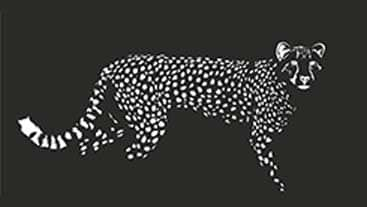
From choosing your path to honing your craft, there are limitless possibilities to build a career in the world of design. This article takes a behind-the-scenes look at how other successful designers have navigated the journey. As you take your next steps, find a little inspiration to get the ball rolling.
Read More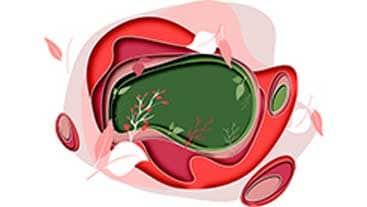
The journey of a vector illustrator isn't as linear as you might imagine. Some artists begin with traditional paper mediums and transition to vector illustration while others embrace the digital medium from the get-go. Either way, creative skills and natural talent transfer easily. This article explores the tools that artists need to transition to a digital medium with vector illustration.
Read More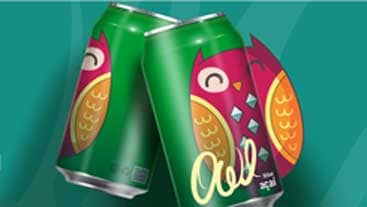
Creating vector art can be a profitable career path that doesn't have to look like a traditional 9-5. While Vector artists can land full-time employment gigs with full benefits at large media and marketing companies, just as many prefer the freedom of a freelance artistic career. Here, we discuss how artists make money from vector image assets ranging from side hustles to celebrity-status careers.
Read More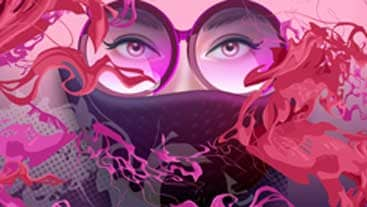
Now that you have a good understanding of what vector graphics are, you're probably already thinking about what you can do with vector software like CorelDRAW. Luckily, creative inspiration is all around us so all you need to do is give it a try. This post will give you a few pointers so that you can jump right in and get started designing with vectors.
Read MoreYou likely already have a handle on the artistic side of creating art, so here, we'll focus a bit more on vector art's technical side. Vector illustrations are created in a software program like CorelDRAW. As a designer, you’re probably familiar with image editors. Creating vector graphics is really as simple as learning a new technique with familiar programs.
The designs are made up of a series of points and mathematical equations and are stored as a text-based file. These equations give vectors their lossless scalability, making them a practical design choice for projects of all sizes. Getting a handle on the fundamentals of vector graphics will help you understand when, where, and why to use vector image assets.
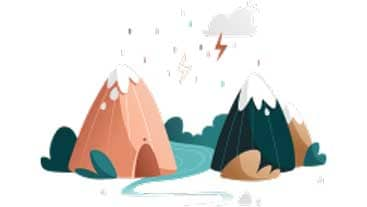
Vector graphics are stored as a data file that contains a series of points and corresponding mathematical equations. Together, these data sets identify the lines and shapes that form the image. As the values are changed, the equations force all values to remain in proportion, thus creating perfect scalability that yields a crisp, clear image without distortion. In this article about how vector graphics work, we dive deeper into those details.
Read More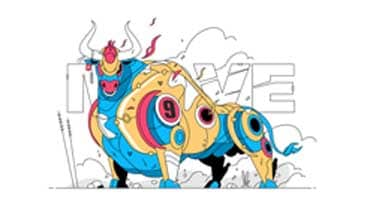
It's easy to focus on all the positives that vector graphics bring to the table. There are times when a vector graphic is the best choice, and there are times when it might be better to consider using an alternative. Experienced designers understand the importance of choosing the right format for the job. This piece lays out the pros and cons to give you a solid background for making this decision in your own projects.
Read More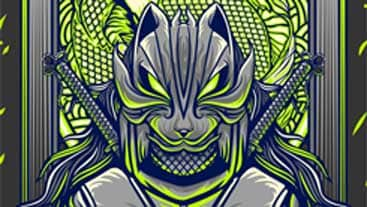
Across the board, digital images are categorically either raster or vector images—the key difference between the two lies in how the image's data is stored. Raster images are common and, in some cases, may even be necessary. Look at how the two compare from a functional design perspective and understand when and how to use each.
Read More
Vector tracing, also known as vectorizing, is a software feature that turns raster images into vectors. It’s one of the primary methods designers use to transform paper and pencil drawings or photographs into vectors. Vector tracing features are part of most design programs, including CorelDRAW. Here, we'll break down the process of vectorizing an image.
Read MoreWorking with vector graphics can be a powerful skill in any designer's repertoire. This blend of art and math produces impressive, versatile designs perfect for many projects. Learning the technology used to create vector graphics is just the first step. Designers also need a functional handle on digital image file types and how each works to make the right design choices for each project. Other image types like bitmap images may be more common overall, but vectors have a very well-carved out niche in the design world, making them a must-have skill for any designer. Vector graphics have shaped how we create modern graphics destined for the internet, and they have streamlined animation art. They've opened the door to a new digital medium for creators, finding applications that are both functional and artistic.
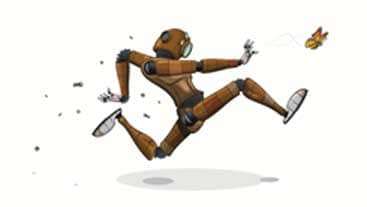
Scalable vector graphics, or SVGs, are a universal vector format adopted by the World Wide Web Consortium (W3). In many ways, the SVG file format helped create a better web experience for users by enabling well-designed, visual websites to load faster across multiple devices. As a designer, mastering the SVG file format is essential to creating designs that work well on any screen. Read more about the SVG files in this piece.
Read More
While an SVG might be the official open standard, they aren't the only vector file type in use today. Big influencers in the graphic design world like Adobe and CorelDRAW each maintain a proprietary file type for use with their software. And most printing presses still rely on older file formats, so you'll need some experience with all the major vector file types to round out your design skills. Let's look at the most common types and where you'll find them.
Read MoreIn previous articles, we’ve covered many topics relating to vector graphics—what they are, how they work, and tips and insights about working in the graphic design industry. Although we’ve previously outlined things like how to pursue a career in vector graphics and how to make money with your art, there are still more topics to cover, especially when it comes to specific vector design skills.
There are certain vector art topics and skills you’ll need to learn in your day-to-day work as a graphic designer. The following articles outline some of the most important graphic design skills for beginners. We cover topics ranging from tools and features of your vector design software to artistic disciplines and design principles all digital artists should know.
We hope this guide is helpful as you practice design techniques, hone your skills, and explore the world of vector art.
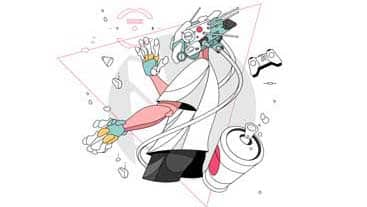
As we previously learned, one main difference between vector art and other formats is that vector designs are stored in files as simple elements plotted on a cartesian plane. Three simple elements—points, lines, and shapes—are the fundamental building blocks of vector graphics. Read this article for an explanation of how vector lines work and how to make and edit lines in your projects.
Read More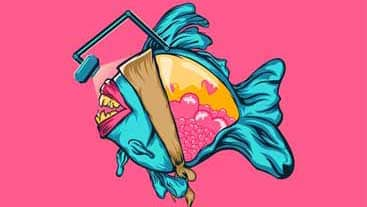
In addition to lines, vector shapes are a fundamental building block of vector art. Graphic designers combine many shapes to create more detailed vector designs. This piece explains how vector shapes work, as well as which tools you can use to easily create shapes within graphic design software. Explore this guide on creating and modifying shapes in your vector designs.
Read More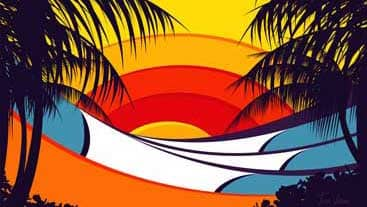
Art forms may be built on lines and shapes, but works of art would be nothing without color. Proper use of color does more than just look good—color breathes life into art and creates the mood and vibe of an image. Colors evoke emotions and help communicate meaning. Read this chapter for tips on using color in your art and details about working with colors in common graphic design software.
Read More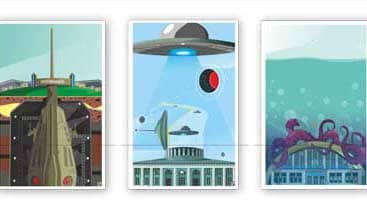
Once you understand the power of color in art, you’ll be able to take your designs to the next level—but color is just the beginning. Designers aren’t limited to flat colors in their art. Shape fill options like gradients and meshes can give your shapes a much greater sense of depth and realism. This article looks at some of the more advanced techniques and tools for applying color and texture to your digital art.
Read More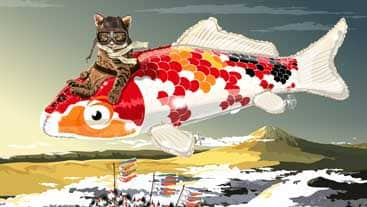
Many people associate vector design with basic illustrations, abstract art, and simple icons, but you can create stunning, intricate works of art using vector software. This chapter will tell you how to use layers, shapes, and other artistic elements to create natural-looking vector drawings and paintings. Read on to learn more about creating beautiful vector-based drawings and paintings.
Read MoreMany things set vector design apart from other formats, including how file data is stored and how images can be infinitely scaled. As a graphic designer, you need a thorough understanding of these special features and the benefits of vector design. However, some graphic design basics are consistent across all digital art formats. Also, different graphic design software options often have similar features and tools regardless of whether they’re a vector or raster image editor.
The following articles outline some art and graphic design fundamentals all artists and designers should know, no matter which format or type of image file you’re working with. Understanding these basic digital art concepts will help you become a more accomplished, well-rounded designer, and they’ll help you create great graphic art.

Whether you’re designing vector-based illustrations or raster images, you’ll likely use graphic design software with a layer feature. Layers allow you to place graphic elements on different levels within a single design file. In this article, we outline how layers can be used, and we discuss the many benefits of using layers as you design. Read on to find out why layers are so important when making digital art.
Read More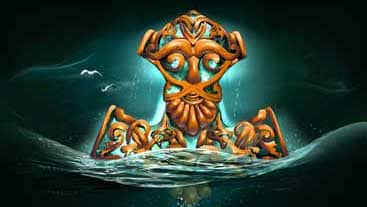
Along with learning about layers, mastering object scaling and other image modifications will give you more control over fine-tuning your designs. Read this article to learn about the image manipulation tools you’ll find in most design software programs, including resizing, cropping, rotating, skewing, and warping tools.
Read More
A picture may be worth a thousand words, but sometimes, you’ll need to include text on your designs. Text is especially important when creating marketing, branding, or other business-related designs. This article looks at the fundamentals of typography, including information on typefaces, font spacing, kerning, and colors. Read the full article for helpful tips on creating and editing text within your designs.
Read More
In today’s technological landscape, designers have many tools to make their lives easier. From stock images and design presets to plugins and shortcuts, there are many ways to streamline your design processes. Styles and style sets are another great example of this. Check out this article to learn how styles and style sets enable designers to easily save object attributes to apply visual styles throughout various different designs.
Read MoreThe skills needed for a successful graphic design career go far beyond any natural talent or creative inclination that you might possess. The lines between art and technology are increasingly blurred in today's technology-enabled world. Vector graphics are a design element that can be found all around us. Vectors are an art form powered by technology that have found uses in both digital and print design. This guide thoroughly examines how designers use vector art, including a look at the technology and an overview of key information to help you develop a solid understanding of when and how to use vector graphics.
As you work through this series, we'll cover additional graphic design skills to help new designers succeed. But first, let's start with a closer look at vector graphics in this first article in the series: What is Vector Art?
Try CorelDRAW today for free, and take advantage of powerful tools for vector illustration, page layout, and more. Start creating today!
Learn more